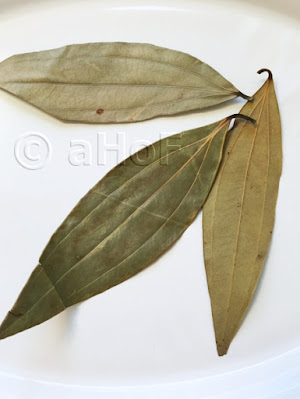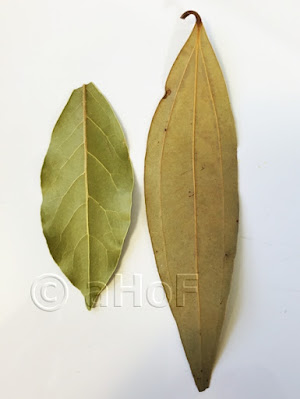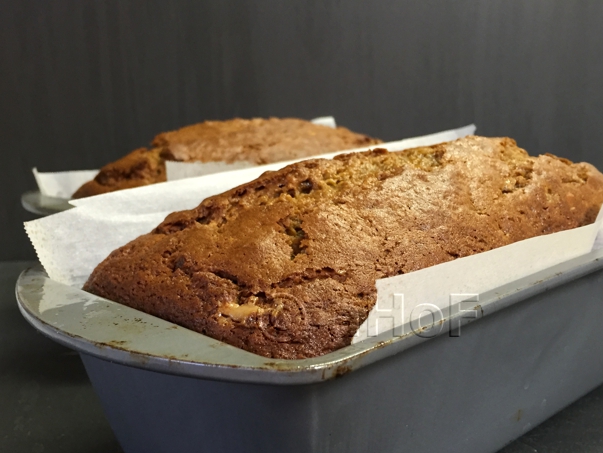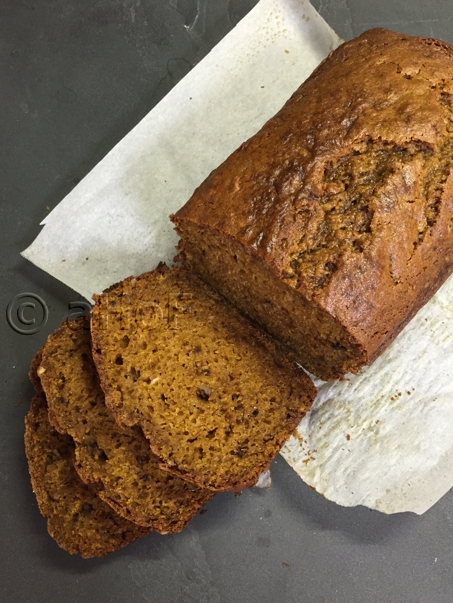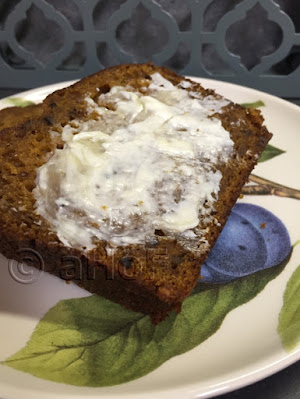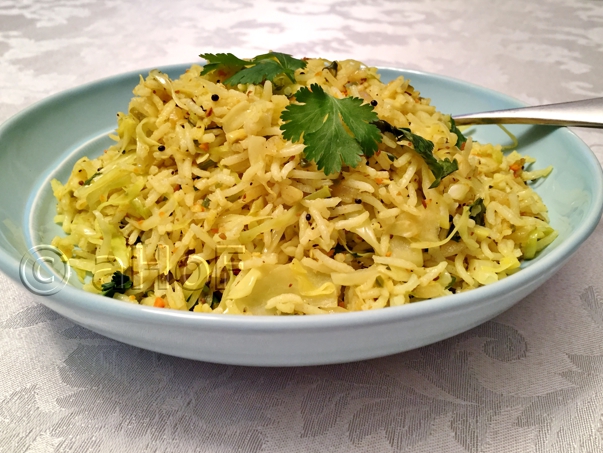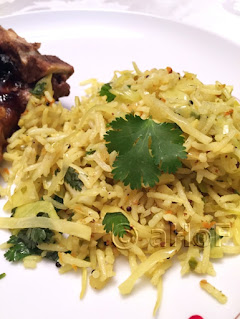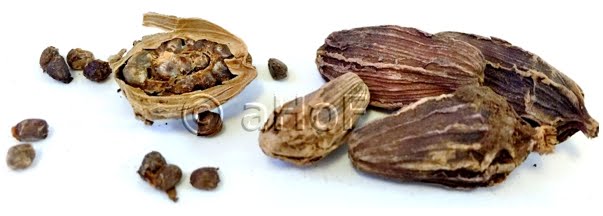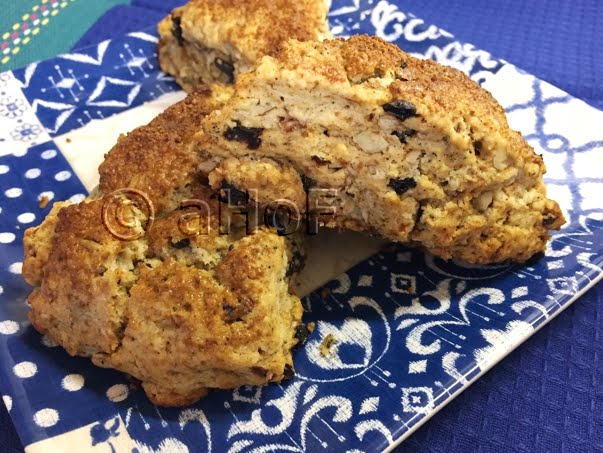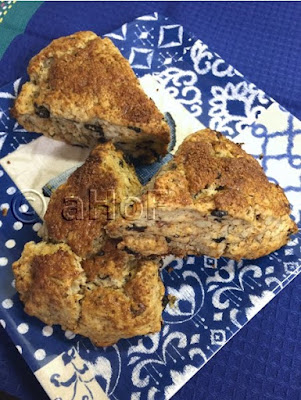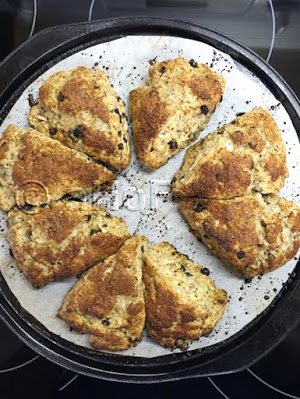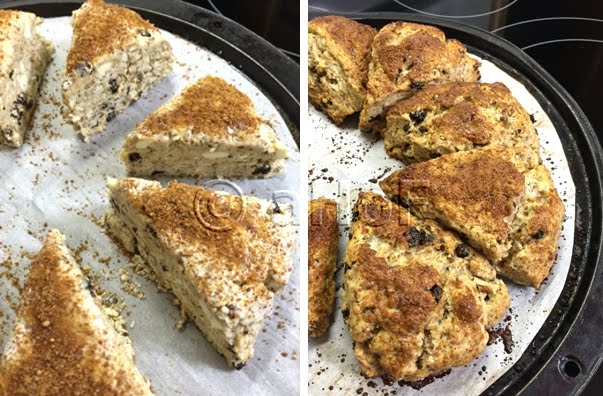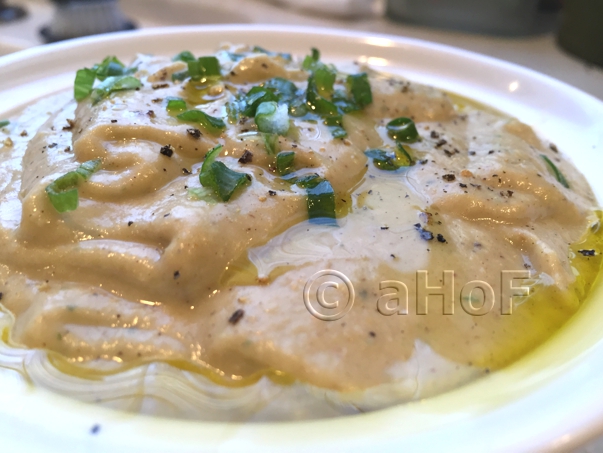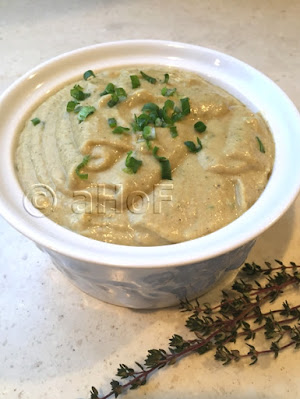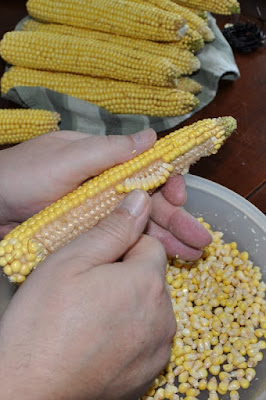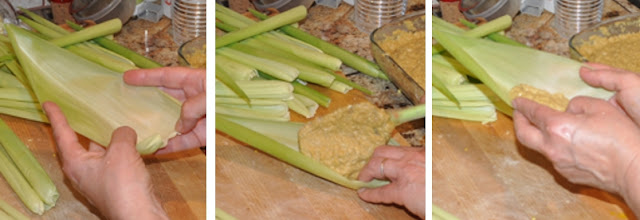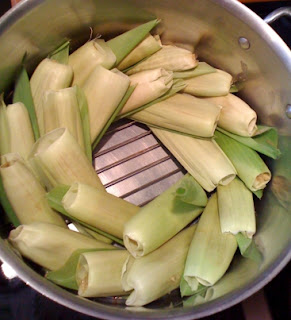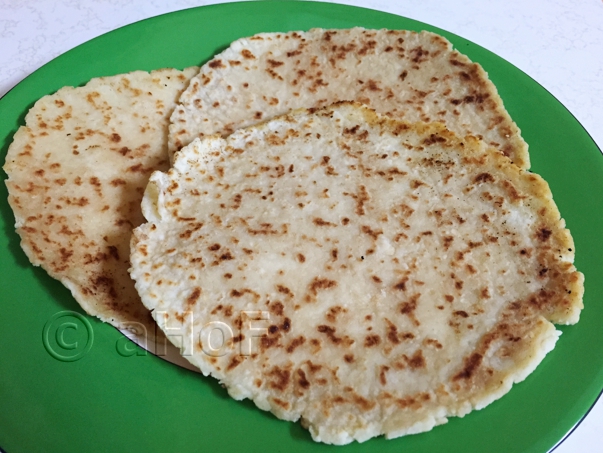 |
| Mom's Style of Potato Pancakes |
In our house, these were as much a treat as rice pudding, so whenever Mom made white rice or mashed potatoes for dinner, we would all clamor for her to "make too much." This would ensure that we would have a treat the next day. And it was a real treat to have potato pancakes, made this way. She would often serve them to my sisters, brother and me for lunch. The first one or two would be sprinkled with salt. Warm from the pan, they were nicely flexible, so she would roll them up and serve them. Once we had eaten them this way, then we would have them with a little jelly rolled in; the "cherry" on top of what was already a spectacular treat.
These childhood memories stay strong in me, even at age 65. To this day, though I don't make them often, I do still make them. I even made them when I lived in Guatemala, and when making them alongside a maid named Graciela, she dubbed them "Tortillas de Papa", meaning nothing more than "tortillas made of potato" or "potato cakes". I asked her if she could try patting them out by hand, just as when she made fresh corn tortillas. She could, and she did! So, my children also grew up with my Mom's style of potato pancakes, now and again. I don't really know if they are so near and dear to their hearts as they are to mine, but they do know them.
How are they Made?
I have no real recipe for these. How much flour to add to the cold mashed potatoes is changeable, depending on how wet your mashed potatoes were to begin with. Last evening I started with approximately
Heat a skillet to about medium heat, then add in a little bit of your preferred oil. I find that cooking spray works well, so as not to add too much oil to the pan. One of those "Misto" sprayers with your favorite oil would work. Set one of the rolled out pancakes into the hot pan and allow it to cook until it has formed myriad brown spots, as in the photos above. This could take from 2 to 3 minutes, depending on the heat level. Flip the pancake and cook about one minute more, until the opposite side also has browned spots. Remove to a plate, add a little more oil, and continue with the remainder of the pancakes.
For whatever reason, though I have made these often enough in the past 26 years, my husband never even tasted them. Again, for whatever reason, last night he asked if he could have some of them. Since I made plenty, this was no problem. I explained that they were good just with salt. He ate them with his vegetable soup for dinner. There was one remaining on his plate, and I told him to try it with jelly. He did, and loved it! A new convert!
As I ate them with some pork for dinner last night, I thought of using them instead of tortillas in the style of "Huevos Rancheros." I felt that since they are made of potato, and potatoes (usually in the form of hash browns or home fries) are served with breakfasts, that this would be a good plan. I had beans cooked up already, just because I love them, so I was all set. This morning I got everything out, starting with two of the leftover potato pancakes. I heated some of my "refried beans" and then fried 2 eggs. To top it off I used some of my fermented salsa. It was most excellent and everything I had hoped!
My passion is teaching people how to create a harmony of flavors with their cooking, and passing along my love and joy of food, both simple or exotic, plain or fancy. I continue my journey in ethnic and domestic cuisines, continuing my journey to explore diverse culinary experiences and hopefully to start you on a journey of your own. Join me also at A Harmony of Flavors on Facebook, and Pinterest.
These childhood memories stay strong in me, even at age 65. To this day, though I don't make them often, I do still make them. I even made them when I lived in Guatemala, and when making them alongside a maid named Graciela, she dubbed them "Tortillas de Papa", meaning nothing more than "tortillas made of potato" or "potato cakes". I asked her if she could try patting them out by hand, just as when she made fresh corn tortillas. She could, and she did! So, my children also grew up with my Mom's style of potato pancakes, now and again. I don't really know if they are so near and dear to their hearts as they are to mine, but they do know them.
How are they Made?
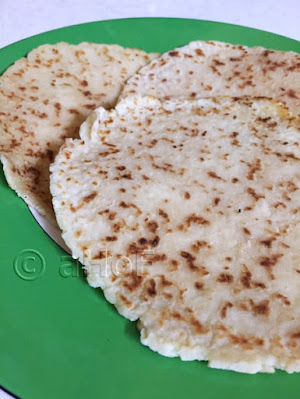
Potato Pancakes

I have no real recipe for these. How much flour to add to the cold mashed potatoes is changeable, depending on how wet your mashed potatoes were to begin with. Last evening I started with approximately
- 2 cups of cold mashed potatoes.
- ¼ cup of all-purpose flour
- ¼ cup of all-purpose flour.
Heat a skillet to about medium heat, then add in a little bit of your preferred oil. I find that cooking spray works well, so as not to add too much oil to the pan. One of those "Misto" sprayers with your favorite oil would work. Set one of the rolled out pancakes into the hot pan and allow it to cook until it has formed myriad brown spots, as in the photos above. This could take from 2 to 3 minutes, depending on the heat level. Flip the pancake and cook about one minute more, until the opposite side also has browned spots. Remove to a plate, add a little more oil, and continue with the remainder of the pancakes.
 |
| Potato Pancake Huevos Rancheros |
For whatever reason, though I have made these often enough in the past 26 years, my husband never even tasted them. Again, for whatever reason, last night he asked if he could have some of them. Since I made plenty, this was no problem. I explained that they were good just with salt. He ate them with his vegetable soup for dinner. There was one remaining on his plate, and I told him to try it with jelly. He did, and loved it! A new convert!
 |
| Potato Pancakes, topped with beans, then with eggs, and finally, with salsa |
My passion is teaching people how to create a harmony of flavors with their cooking, and passing along my love and joy of food, both simple or exotic, plain or fancy. I continue my journey in ethnic and domestic cuisines, continuing my journey to explore diverse culinary experiences and hopefully to start you on a journey of your own. Join me also at A Harmony of Flavors on Facebook, and Pinterest.

